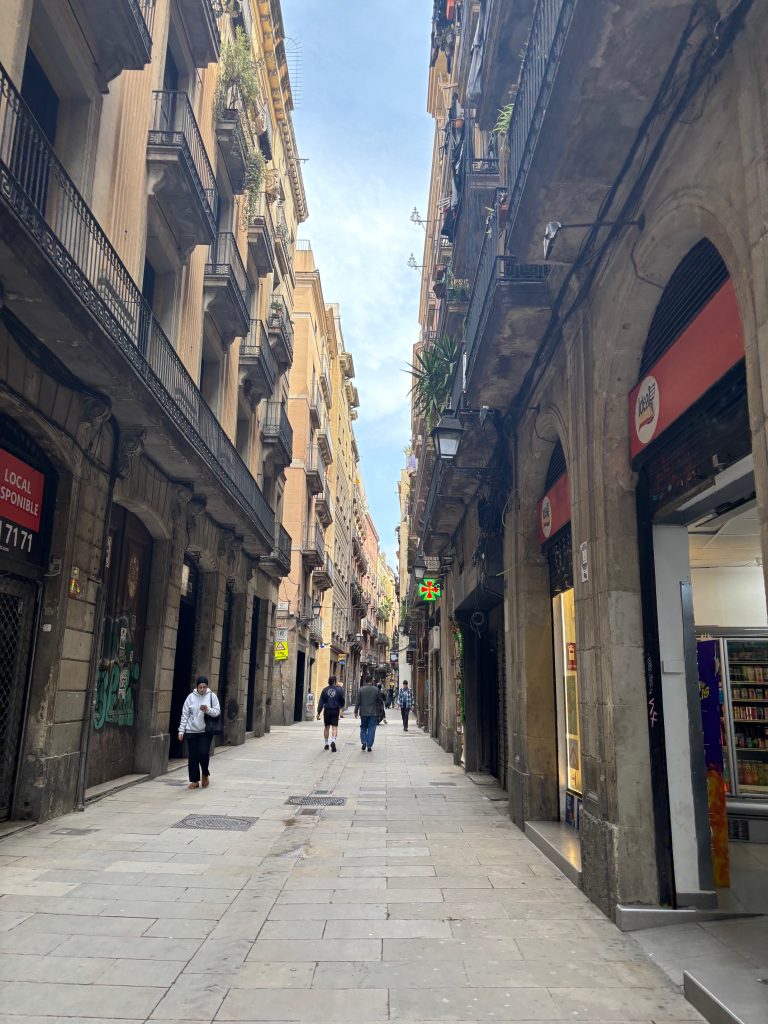For my last couple of blog posts, I thought it would be helpful to break compare and contrast each of my programs to give a bit more insight so future students are better informed! For reference, my fall semester was with IES abroad in Nantes, France and my spring semester was with SIT in Geneva, Switzerland.
Packing
Before leaving for your trip you should definitely do some research into what the weather is going to be like in your host city. While I did do this I severely underestimated how cold it was going to be. This could be because my second semester was in Switzerland and I thought it was going to be much colder there than in France. Allow me to tell you how very wrong I was. During my fall semester in France, it rained all the time and the wind coming from the river made it super chilly. In contrast, the weather during my spring semester in Switzerland was very pleasant, so much so that I didn’t end up even needing to wear a jacket by the end of the program. If I could do it again I would switch the clothes I took so that I had three heavy coats during the fall and three bikinis during the spring.
Visa process
Visa-wise, things were a lot more complicated for me, seeing as I was in France during the time when I was trying to get my Swiss visa. However, I’ll explain it as if I weren’t. When getting a French visa you have to first fill out a bunch of forms online through the French government. Then, from there, you have to book an in-person meeting with whatever consulate is closest to you, which for most people requires at least a day’s worth of travel. For me, I had to go to Chicago, but ended up making it a day trip with my dad. At the appointment they will take your passport, so you’ll be without it while they put your visa in it before returning it to you. As for Switzerland, the process is much simpler. For this visa, all you have to do is fill out some forms and send them to your regional consulate. From there you will get an email approving you for the visa which you will print out and send with your passport to the same consulate. You’ll get it back with the visa in it. This is in no way an exhaustive guide (your programs will help you further) but a quick explanation so you’re better informed before choosing a location.
Meals
For my fall with IES Abroad, breakfast every day and dinner 5 times a week were provided by your host family. Lunch every day is out of pocket, you can buy food from a cafe/restaurant or go grocery shopping and leave it at the IES Abroad center in your city. (There was a full kitchen at my program location, I can’t say this is for sure the same for every IES program, but I would assume that it is the same). You also have to buy the other two dinners per week by yourself, unless your host family doesn’t mind. In a different way, with SIT, breakfast and dinner are provided every day by your host family, as well as lunch during the weekend. However, if you are traveling during the weekend, all meals are paid by you. As for lunch, SIT gives a stipend that covers weekly lunches, but be careful how much you spend because they will not give you more if you run out.
This one is a bit long-winded and not nearly as fun as some of my other posts, but I hope it helps someone down the road!
Either way, here are some pictures to make up for it.
Profite bien mes amis!
The post IES vs SIT: pre-departure appeared first on Off-Campus Study.









